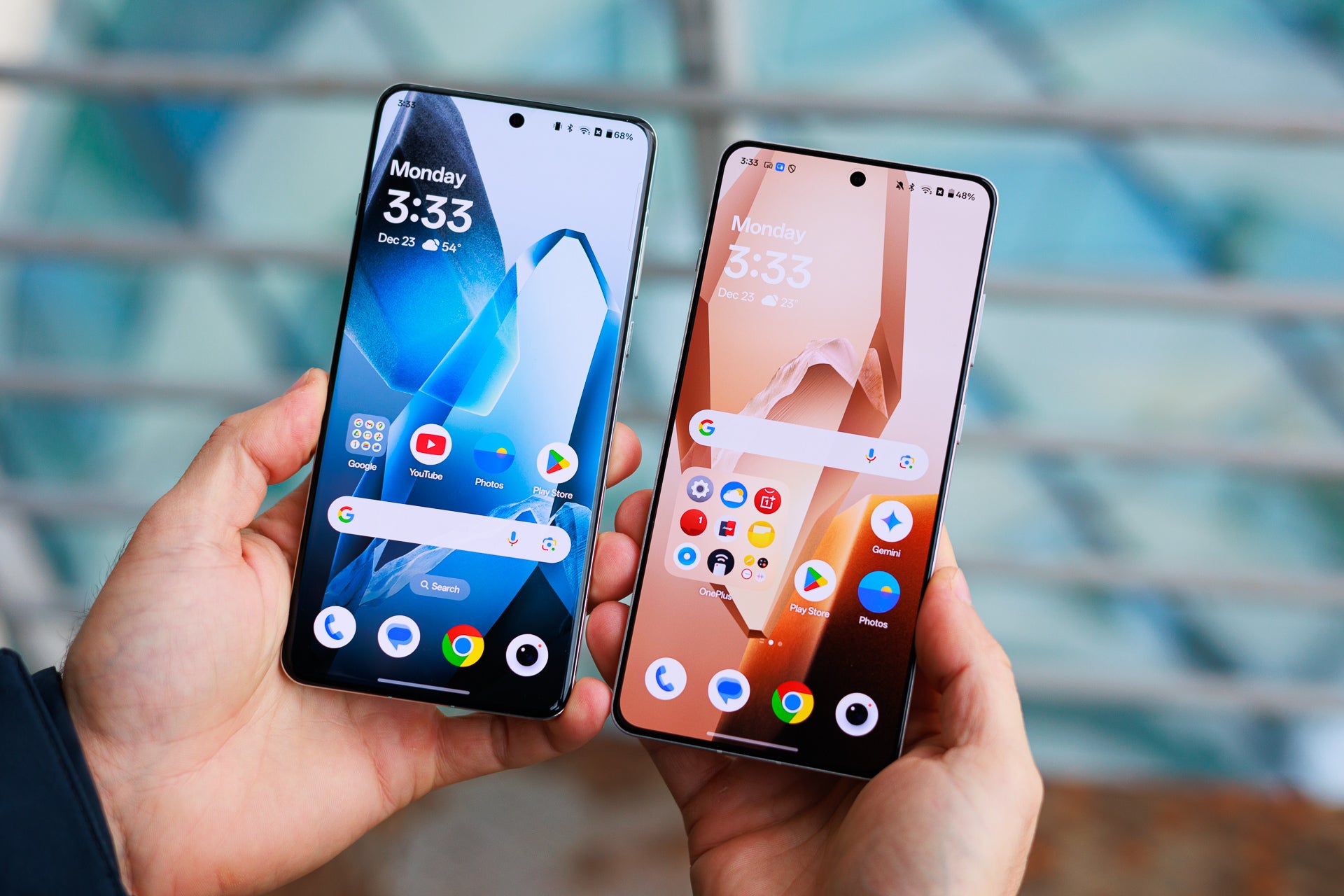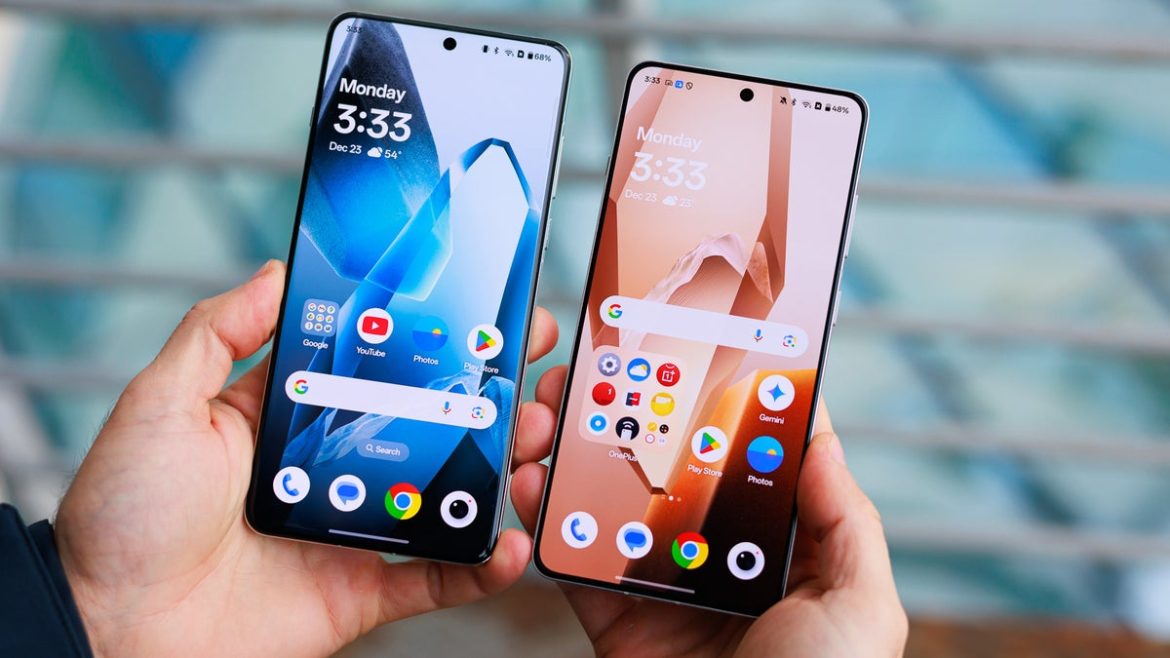
The new device may offer an upgrade to the integrated circuit chip, which would improve the touch responsiveness. Despite the claim that the feature is tested on a mid-range device, it’s possible that OnePlus sticks to the usual logic and premieres it on its upcoming flagship.
Earlier rumors for the OnePlus 15, which is expected in October, claimed that the device will have a lower-resolution display compared to its predecessor, the OnePlus 13. So, instead of a 6.82-inch 2K screen, the OnePlus 15 is expected to have a 6.78-inch 1.5K display. That rumor fits with the fresh leak, so I’d say it is likely that the OnePlus 15 features a 165Hz display.
On the other hand, OnePlus is also ramping up to release the mid-range OnePlus Ace 6, which will likely serve as the base for a OnePlus 15R. That model is also rumored to have a 1.5K display, which could utilize the rumored high refresh rate technology. Last year’s OnePlus Ace 5 served as the base for the OnePlus 13R, which we called “the best flagship-killer” in our review.
Just like many other specs, the refresh rate of the best-selling flagship smartphones is lagging behind some devices coming from China. The Samsung Galaxy S25 Ultra, iPhone 16 Pro, and Pixel 9 Pro all support up to 120Hz, but the vanilla iPhone 16 is lagging behind and supports only 60Hz.
I wouldn’t get too excited about such an upgrade, especially coming from OnePlus. The company’s OxygenOS doesn’t handle variable refresh rates very well, so the 120Hz are often underutilized. Even more importantly, the difference between 120Hz and 165Hz would be difficult to notice in day-to-day use of a smartphone. Adding the resolution downgrade to all that, and the upgrade doesn’t sound all that good, unless you really need to show off some higher-than-the-competition numbers.
#OnePlus #testing #display #upgrade #youd #prefer
